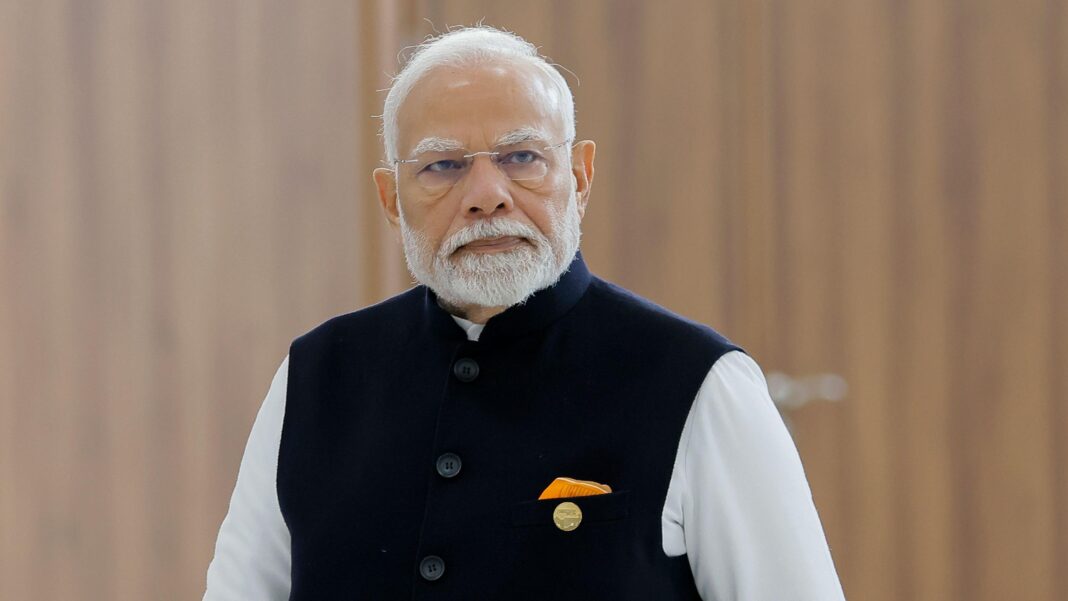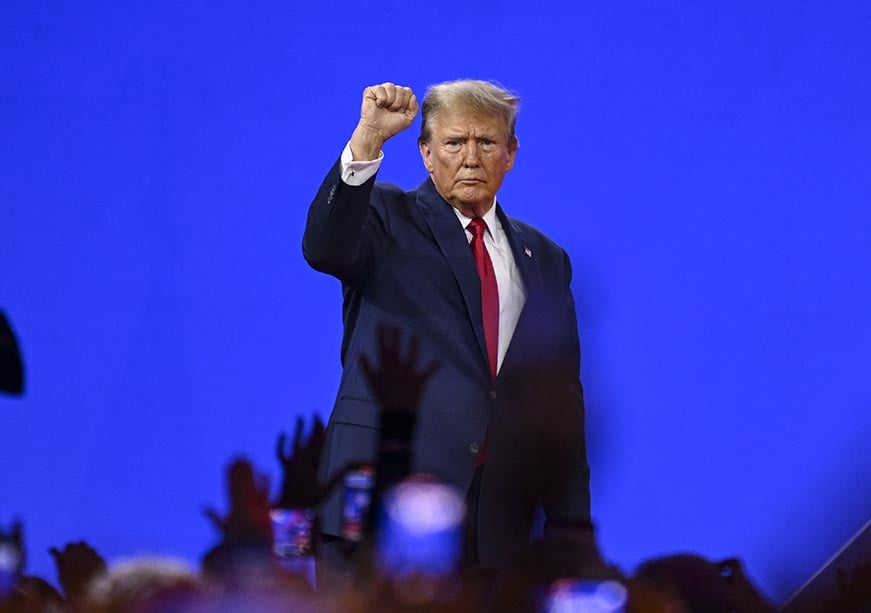India propose $150-200 billion trade deal marks a major moment in global trade diplomacy. New Delhi and Washington have entered advanced talks for a bilateral pact potentially worth $150–200 billion, as both nations aim to dramatically expand trade, reduce tariffs, and enhance economic ties by late 2025.
🔍 What’s Proposed?
According to Reuters, India and the U.S. are pushing for a tariff-reducing trade pact before the U.S. resets reciprocal tariffs. Trump’s latest deal with Vietnam—slashing tariffs to 20% from 46%—serves as the template
India seeks protection on GM crops, while offering tariff cuts on walnuts, cranberries, medical devices, autos, and energy. Sources indicate both sides are “very close” to an agreement before the July 9 deadline when U.S. tariffs could jump from 10% to 27%
🧩 Deal Structure & Goals
- Three-phase approach: Early tranche focused on market access, digital trade, and customs reforms by fall 2025
- Target value: $150–200 billion in incremental trade, part of an ambitious goal to reach $500 billion by 2030
- Sector targets:
- U.S.: agricultural produce, dairy, bottled nuts
- India: IT services, autos, medical devices, energy, digital trade, customs, and non-tariff barriers .
- Early gains: Both nations agreed to cut tariffs on key sectors, aligning gains across parties
📅 Timeline & Negotiation Status
- Initial rounds: Began in March/April 2025, with multiple high-level visits, including Commerce Minister Goyal’s trips
- Final push: Sector-specific talks held in June; negotiators expect first tranche finalized by July 9, ahead of tariff resets .
- Future phasing: Following early harvest deal, further phases will tackle IP, government procurement, and deeper market access
🌐 Why It Matters
- Boost for Indian exports: India’s Finance Ministry notes a deal could energize exports; in 2024, bilateral trade was $129 billion with a $46 billion surplus
- Strategic alignment: Both nations target supply chain integration, digital trade facilitation, and deeper economic ties
- Diplomatic balance: A strong India–U.S. trade pact positions India as a reliable global partner while countering protectionist trends in other markets.
✅ What’s Next?
| Milestone | Date |
|---|---|
| Finalise early tranche | Before July 9, 2025 |
| Implement tariff reductions | Q3–Q4 2025 |
| Start next phases | Late 2025 – Early 2026 |
Potential sticking points remain: GM crop access, auto sector duties, and dairy protections for India, while U.S. may seek deeper market access in services and energy business-standard
📌 Conclusion
India’s ambitious $150–200 billion trade deal proposal with the U.S. signifies a significant leap in economic cooperation. If successfully implemented, this pact could unlock stronger exports, investment flows, and supply chain integration—mapping a clear course toward the broader $500 billion trade vision by 2030.


